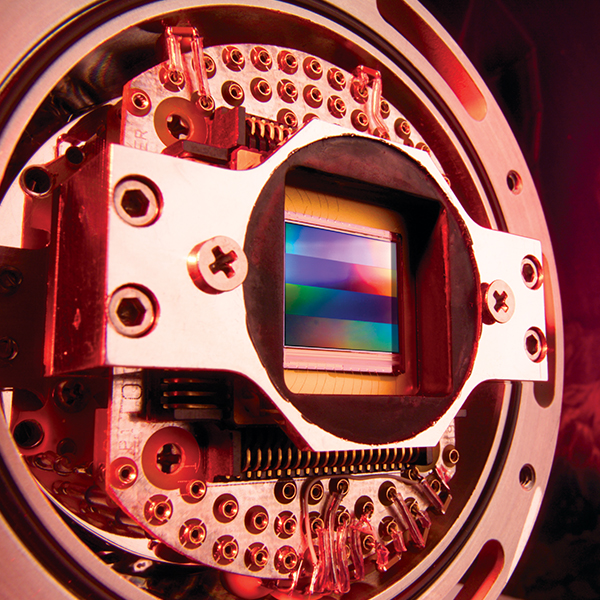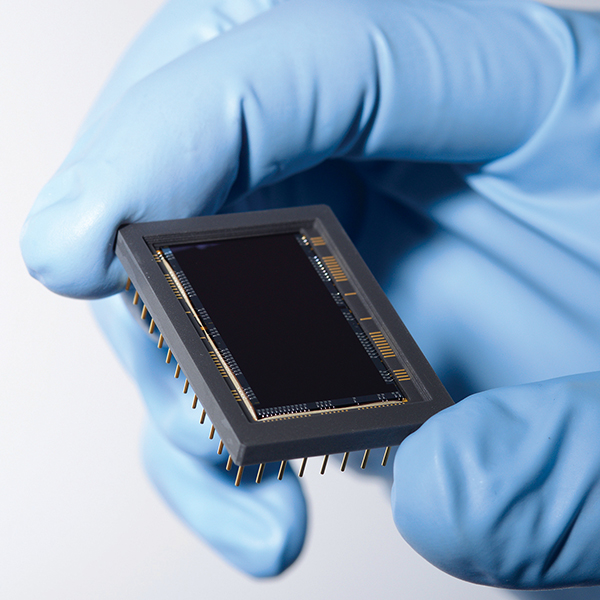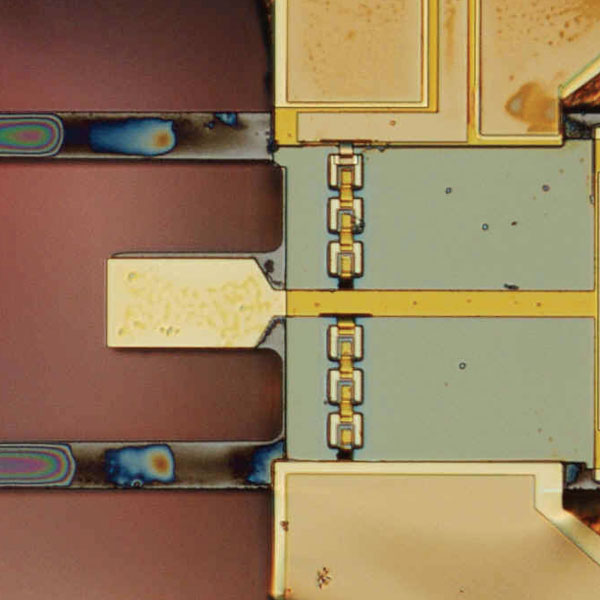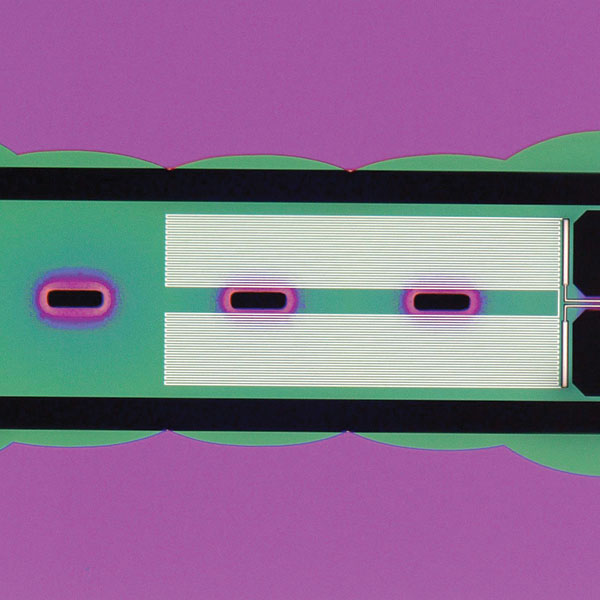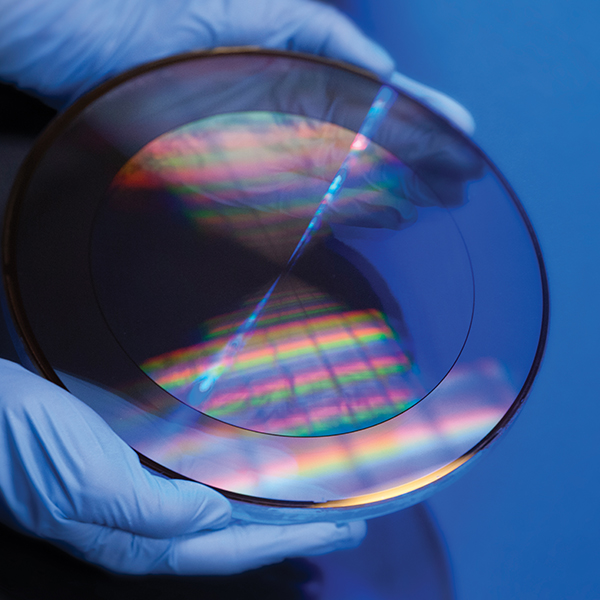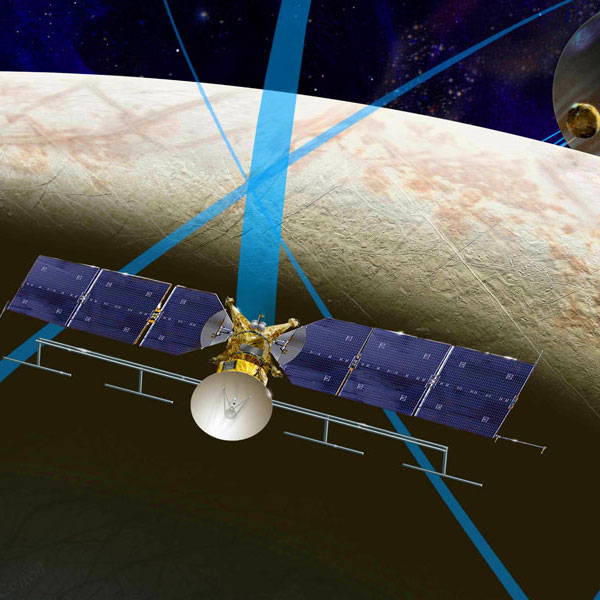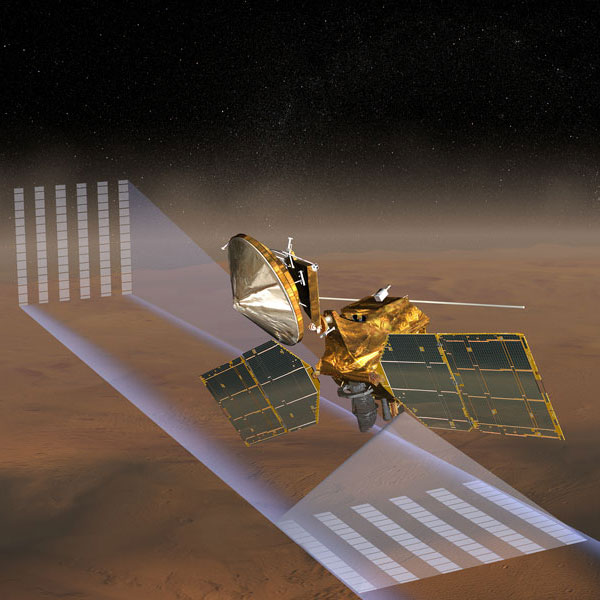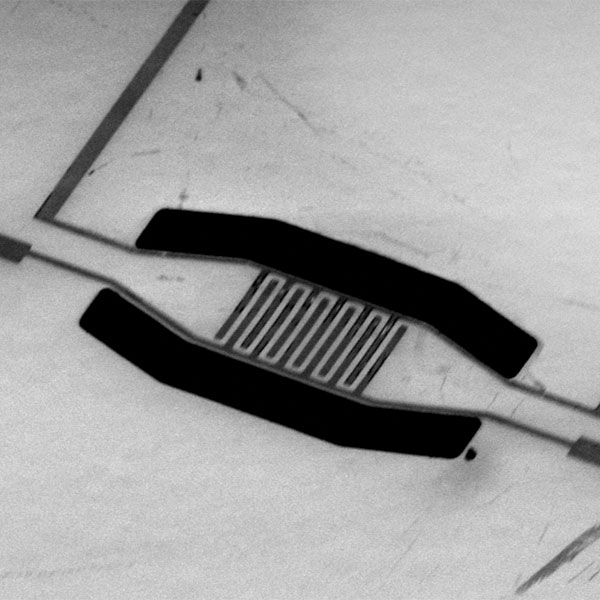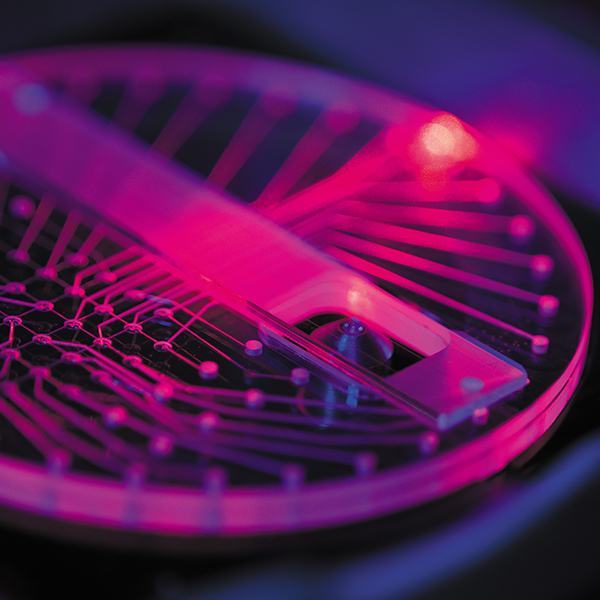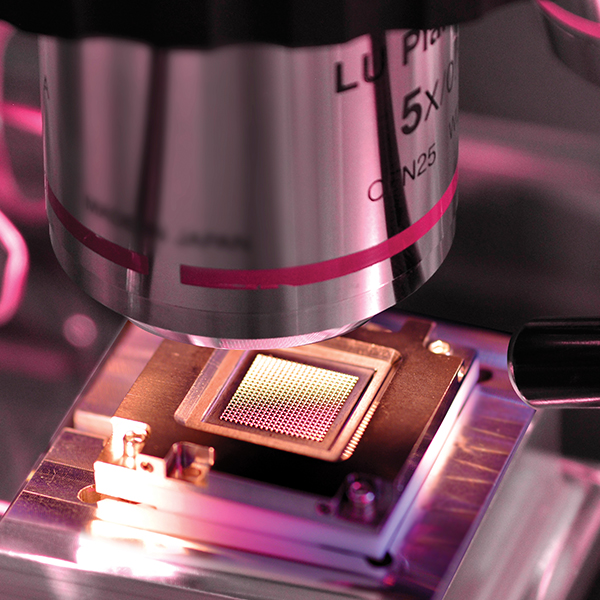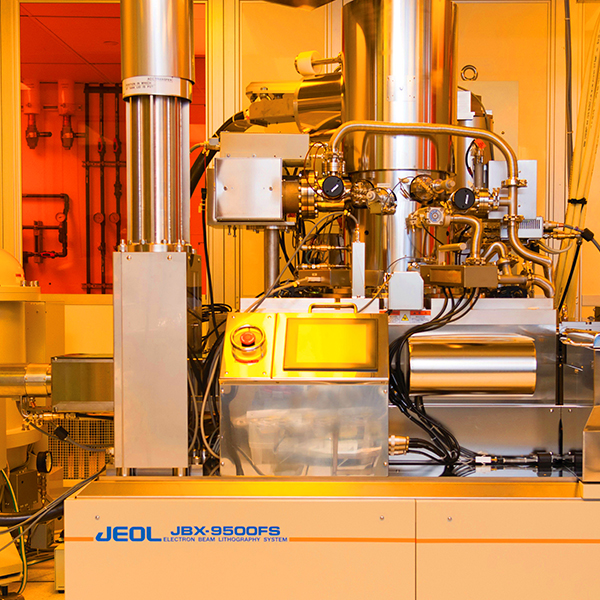Welcome to the Microdevices Laboratory
Big things come from small technologies. As one of the institutional facilities of Jet Propulsion Laboratory (JPL), the Microdevices Laboratory (MDL) is dedicated to the study of micro and nano-fabrication techniques. Our technology enables JPL and NASA to carry out new missions and perform new measurements in space. As the frontiers of science grow ever broader, we are proud of the not-so-small, but vital part we play in better understanding the world we know and those we have yet to discover.
For us, every project is a journey, every idea (and even every temporary setback) an opportunity. These journeys take us through new dimensions of space and time, they help us understand our planet and take us to lands unknown. Whether we are studying the physics of the universe when it was less than a second old, examining molecular species in Earth’s atmosphere or searching for signs of past or present life on Mars, ours is a quest that is filled with both great mysteries and fascinating discoveries.
